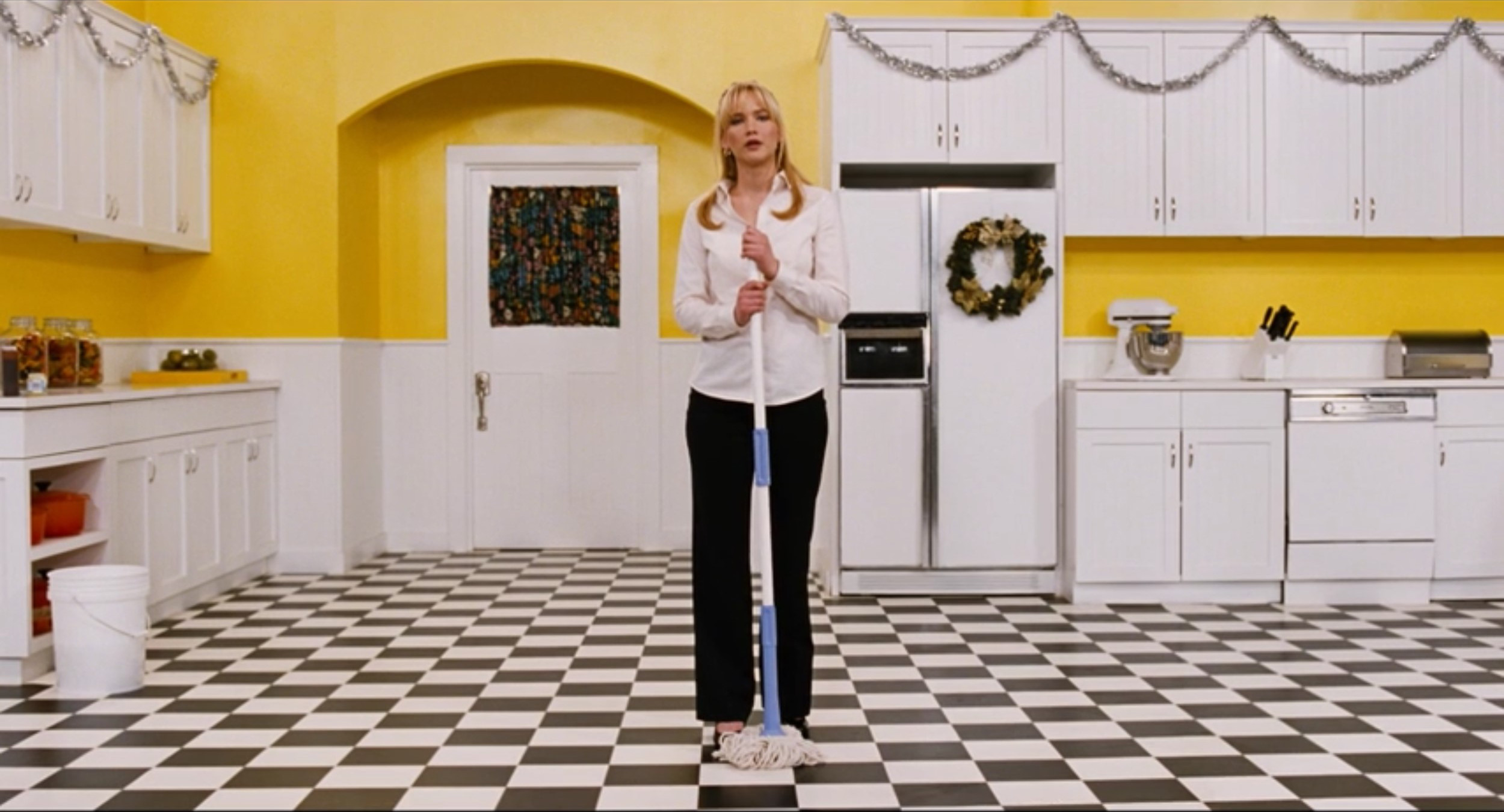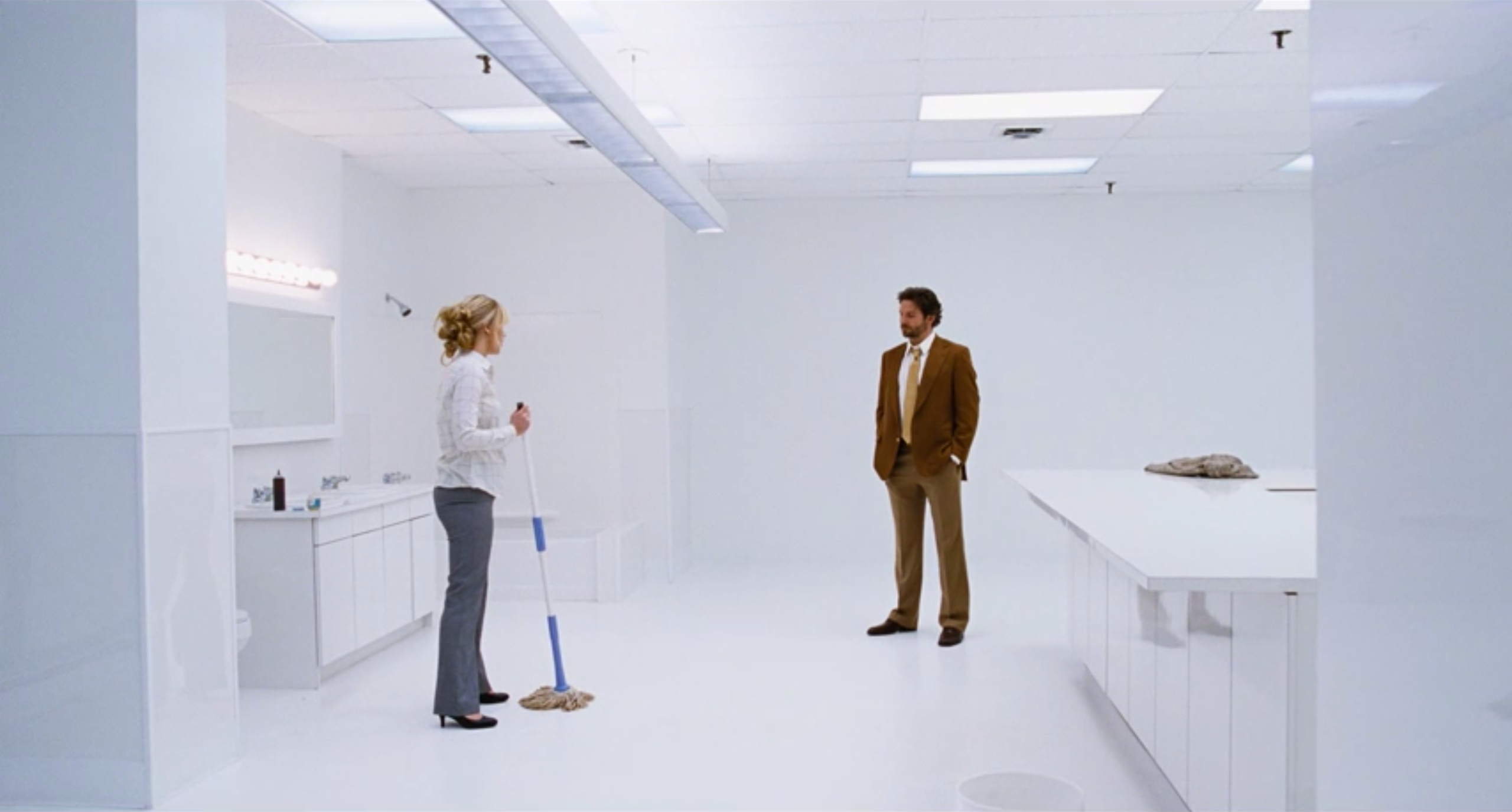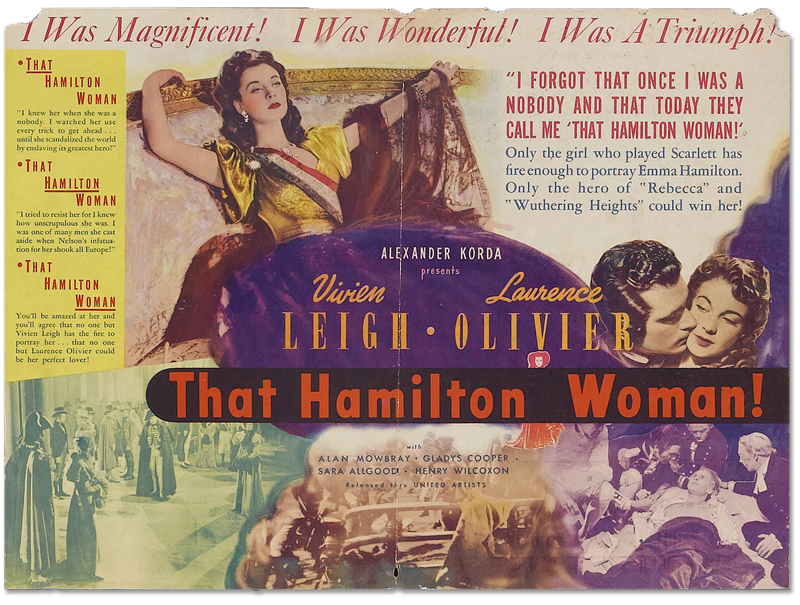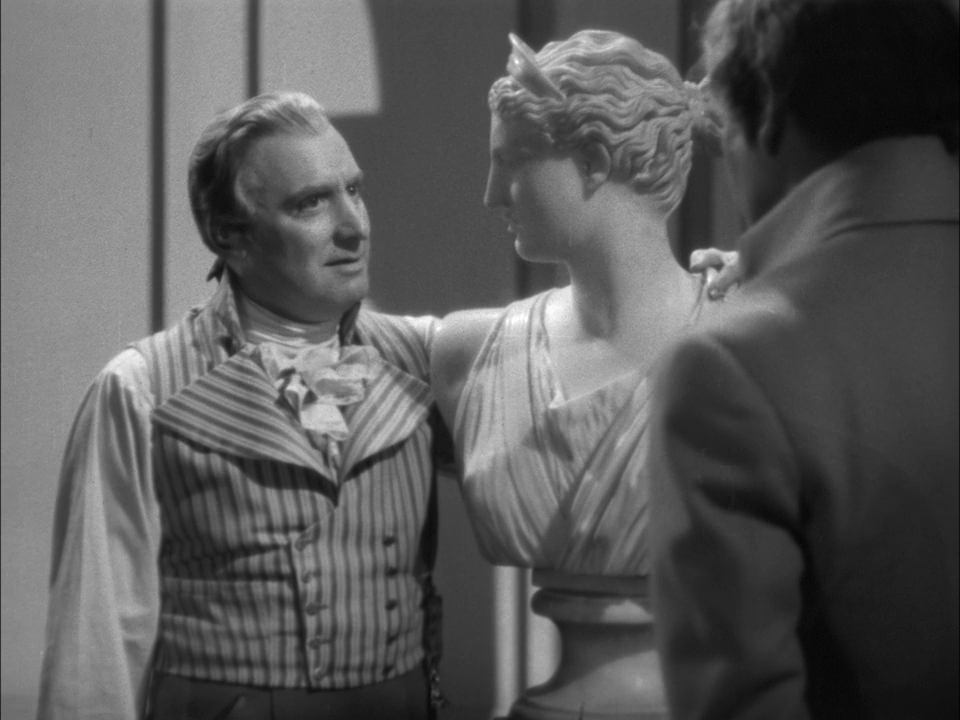The Furniture: Joy's Emerald City of Home Shopping
 Monday, May 9, 2016 at 10:30AM
Monday, May 9, 2016 at 10:30AM "The Furniture" is our weekly series on Production Design. Here's Daniel Walber on Joy, now available on DVD and Bluray

It seems impossible that production designer Judy Becker has only received a single Oscar nomination, if not supremely unfair as well. At the very least, she should have snagged a second nomination for Carol. Her resume includes such diverse triumphs as We Need to Talk About Kevin, Brokeback Mountain, Shame and I’m Not There, as well as a neat early credit as a set dresser on Spike Lee’s Malcolm X. And so it seems totally appropriate that Becker is the first production designer to merit a repeat appearance in 'The Furniture'.
Becker’s most fruitful collaboration has been with David O. Russell. She's worked on every one of his features since The Fighter and she earned her lone Oscar nomination for American Hustle. Her sets for Joy, particularly the charismatic QVC studio at the film’s core, are among the best design work of last year. They also make quite a one-two punch with Carol, Becker showing a remarkable affinity for the stylistic underpinnings of American shopping. [More...]








